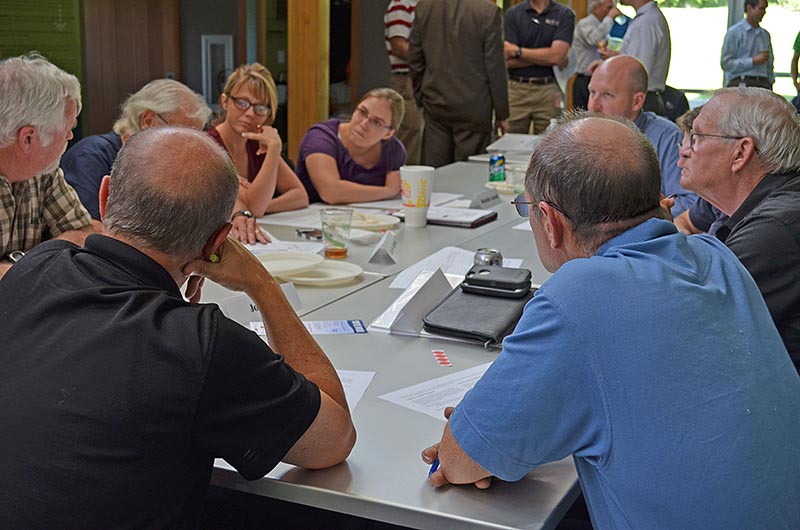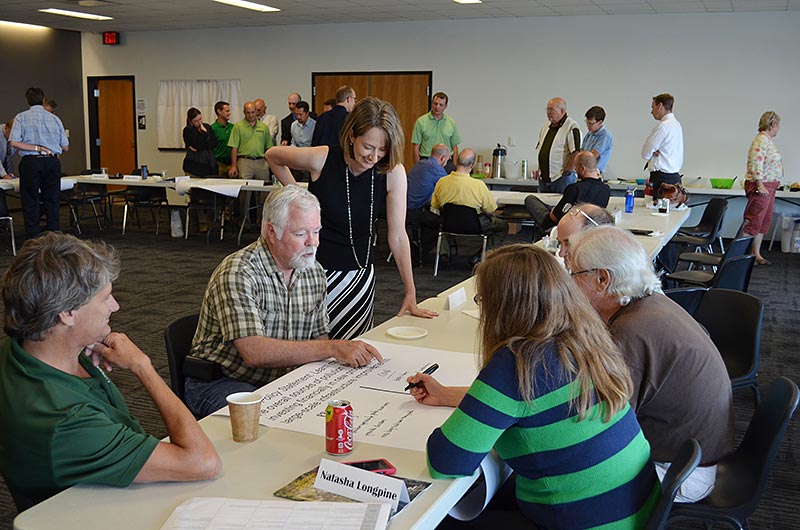Why do we need an integrated plan?
Throughout the history of our society, we’ve made some good and bad choices that have impacted our environmental resources. Public sanitation and solid waste disposal have had an enormous positive impact on public health. However, some of our earlier waste disposal methods caused some significant degradation of the environment. As population densities increased and environmental issues became more prevalent, action was needed.
In the early to mid-1970s, several pieces of federal legislation, including the Clean Water Act, Clean Air Act, and the Resource Conservation and Recovery Act (RCRA) were signed into law. As a result, a great deal of progress has been made toward the restoration and ongoing protection of our natural resources.
However, over the last 40 years, administration of these regulations has evolved. We believe that the time has come to take a step back and reevaluate how our community addresses these regulations.
The Problem:
The regulatory activities of the last four decades have produced some enormous improvements in our environmental resources, but the path we’ve taken has resulted in a siloed approach within the regulatory agencies as well as the individual communities.
We know that many of our wastewater, stormwater, solid waste, and air quality issues are interrelated, but they are often addressed through different regulatory departments and under different pieces of legislation.
On the other hand, the money and resources needed to fund each of these regulatory initiatives comes from the same source. Whether in the form of utility bills, taxes, or fees; it is the citizens of our community that pay the cost of compliance.
As more funding is needed to meet ever-increasing regulations, there is a very real chance that our community will find itself struggling to comply. Without looking at the big picture, there is a risk that we will have devoted significant resources to certain regulatory drivers only to find that we were not addressing the most pressing environmental issues.
The Solution:
We shouldn’t fund environmental regulations on a “first come-first served” basis. Our Integrated Plan will take a holistic look at each of our environmental needs and prioritize our investments based on the most effective solutions…to address the most pressing problems…that matter most to our community. By looking at the big picture of environmental compliance, we can provide the greatest environmental benefit in a manner that is affordable to our citizens.
How did we get here?
In 2012, the U.S. Environmental Protection Agency (EPA) released its “Integrated Municipal Stormwater and Wastewater Planning Approach Framework” which emphasized a commitment to work with states and communities to implement an integrated planning approach to address environmental objectives.
In response to this opportunity, leaders from the City of Springfield, Greene County and City Utilities developed a local approach to integrated planning titled “A Citizen Focused Approach.” This approach proposes to develop local solutions using local expertise and community values to determine how we can best improve our environment while still making the solution affordable to our citizens. What makes the Springfield-Greene County approach unique is that it proposes to include not only stormwater and wastewater, as the EPA guidance suggests, but also includes resources related to solid waste, drinking water and air quality.
The plan has received written approval from both the Missouri Department of Natural Resources and EPA Region 7.
The approach is “adaptive” in that the plan is never complete. The process will require our community to continue to refine our analysis, check the effectiveness of our solutions and reprioritize when appropriate. This approach will ensure full compliance with federal and state regulations while addressing the specific priorities of our citizens in the most efficient and effective way possible. The result will be a stronger economy and improved quality of life.
Related Documents
Who is Involved?
Technical Staff
Technical staff from the City of Springfield, City Utilities and Greene County, Missouri are working together on Integrated Planning. They are gathering and analyzing data to determine the current state of environmental resources and challenges. They are using a Geographic Information System (GIS) as a common platform to share information with each other and stakeholder groups involved in the planning process.
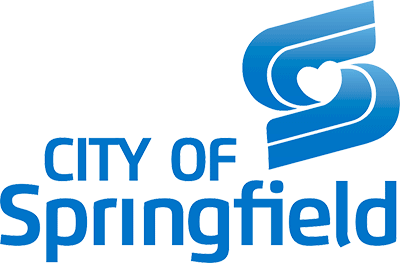
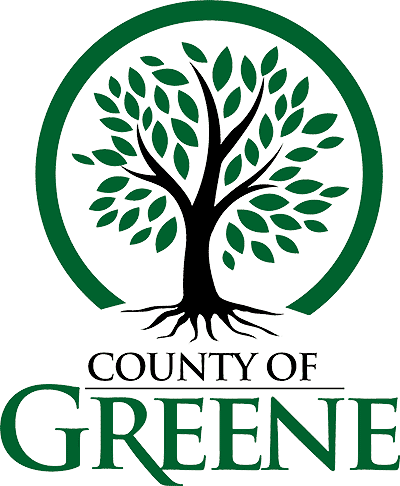
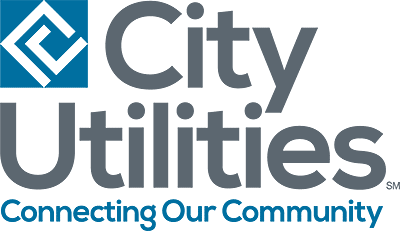
Citizen Environmental Priorities Task Force
An Environmental Priorities Task Force was formed of 30 community leaders from a variety of backgrounds and groups. They met to develop the vision, goals and gather input to set priorities. The Technical staff are using the Plan Recommendations developed by the Environmental Priorities Task Force to guide their implementation work.


